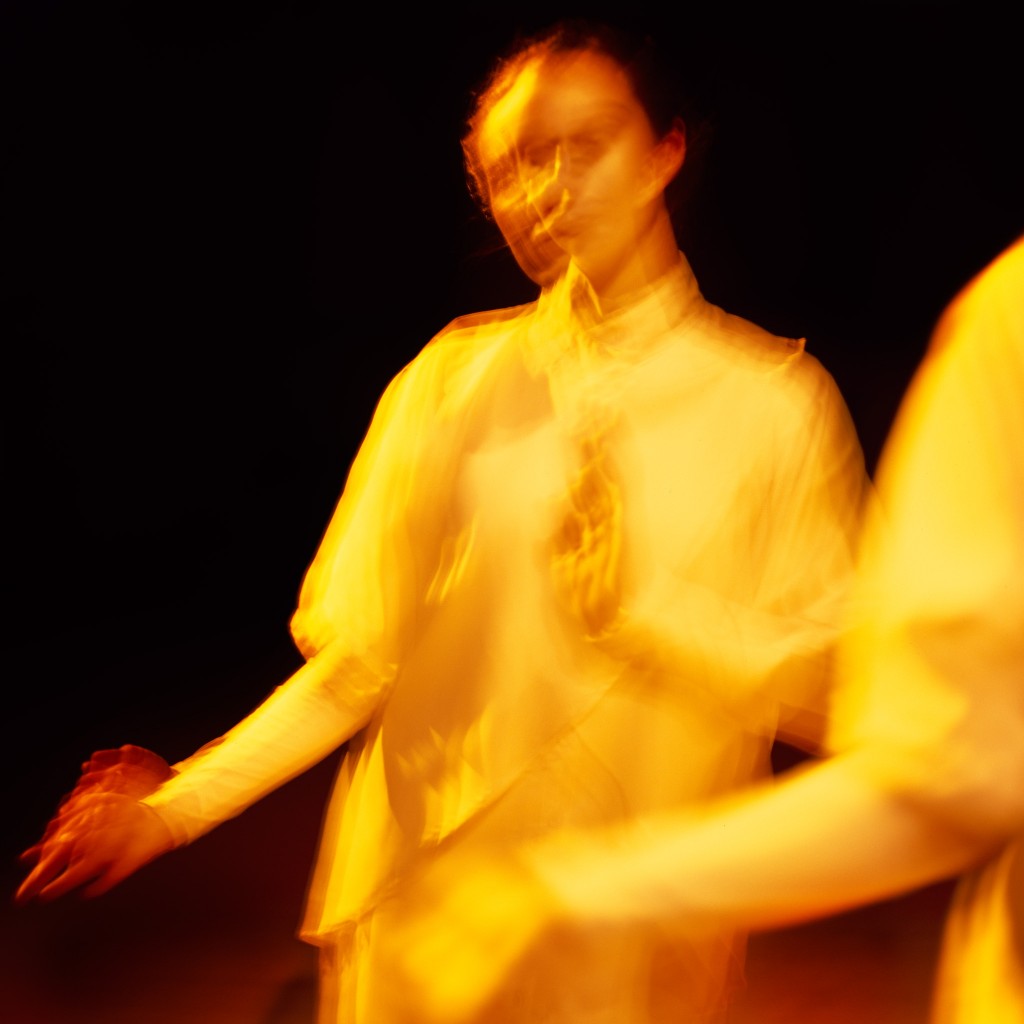Constellations and Influences: Benjamin Kimitch
February 21, 2017
What web of connections do generations of artists trace? Who are their influences? Since 2012 we have explored artistic constellations and lineages by asking each artist to share a significant artistic influence. Benjamin Kimitch responds to our prompt, My most significant artistic influence(s) is/are…Because…:
On the surface, my artistic influences always feel a little scattered. I suppose it makes sense when I unpack my pathway to adulthood: a half-Japanese, half-Polish/Czech/German/Euro-mut gay boy growing up in a semi-conservative Minneapolis suburb who developed interests in Chinese folk dance, muppets, Balanchine, Kabuki, Cirque du Soleil, and later Fosse, and much later Lucinda Childs. Looking deeper, across all these interests I’ve found a love for detail, ritual, abstraction, and scale.
Somewhere between seeing Baryshnikov’s Nutcracker on PBS and falling in love with Chinese dance was a well-worn VHS of Where the Wild Things Are. It was the 1985 opera staging of Maurice Sendak’s beloved children’s book, brought to life by Scottish composer Oliver Knussen. It’s a one-hour “fantasy opera” with stage design and larger-than-life Wild Thing puppets crafted after Sendak’s illustrations under the artist’s watchful direction.
I recently bought a copy to refresh my memory, and even after over two-decades it’s everything that I remember. This relic from my childhood was, perhaps above all other things, a catalytic influence that imprinted itself in my sub-conscience.
Where the Wild Things Are was the American myth of my generation, and in addition I saw so much of myself in Max, the temperamental, imaginative protagonist. Sendak’s vision defined a heightened norm and artistic depth that continues to influence and inspire me. Some say the book, published in 1963, was the Rite of Spring of children’s literature. I mean, there weren’t riots on the street, but Sendak was definitely exploring unpopular psychological territory, depicting a boy arguing with his mother and harnessing control of nightmarish fantasies.
The 1985 opera production embraces traditional theater craft much like the original book embraced the basic constructs of its pages. Through this traditional framework, the imaginative content and music are able to come to the forefront. The opera opens on a giant Sendak-illustrated proscenium; two-dimensional creatures and scenic elements fly in and out of view; and full-body puppets with huge claws, rolling eyes, and moving mouths are theater craft at its best. Meanwhile, Knussen’s score for the opera rings and bellows with dissonant romanticism and complex rhythms, nodding to early twentieth century composers like Stravinsky, Prokofiev, Ives, and Ravel.
Looking back, I remember being obsessed with this opera. I recall drawing designs for my own giant monster puppets. And the likes of Prokofiev and Tchaikovsky would become mainstays in my childhood living room productions. In the process, I missed out on an entire decade of popular music and television culture. (Ask me anything you think I should know about the 90’s, and I guarantee I’ll embarrass myself.) I don’t know if this opera is to blame, but it’s interesting to think that it may have had that hypnotic effect on me. I definitely escaped to some other reality – one constructed by Sendak’s uncompromising vision and attention to detail.
The author Ursula Le Guin says it better than I could:
The great fantasies, myths, and tales are indeed like dreams: they speak from the unconscious to the unconscious, in the language of the unconscious – symbol and archetype. Though they use words, they work the way music does: they short-circuit verbal reasoning, and go straight to the thoughts that lie too deep to utter.
